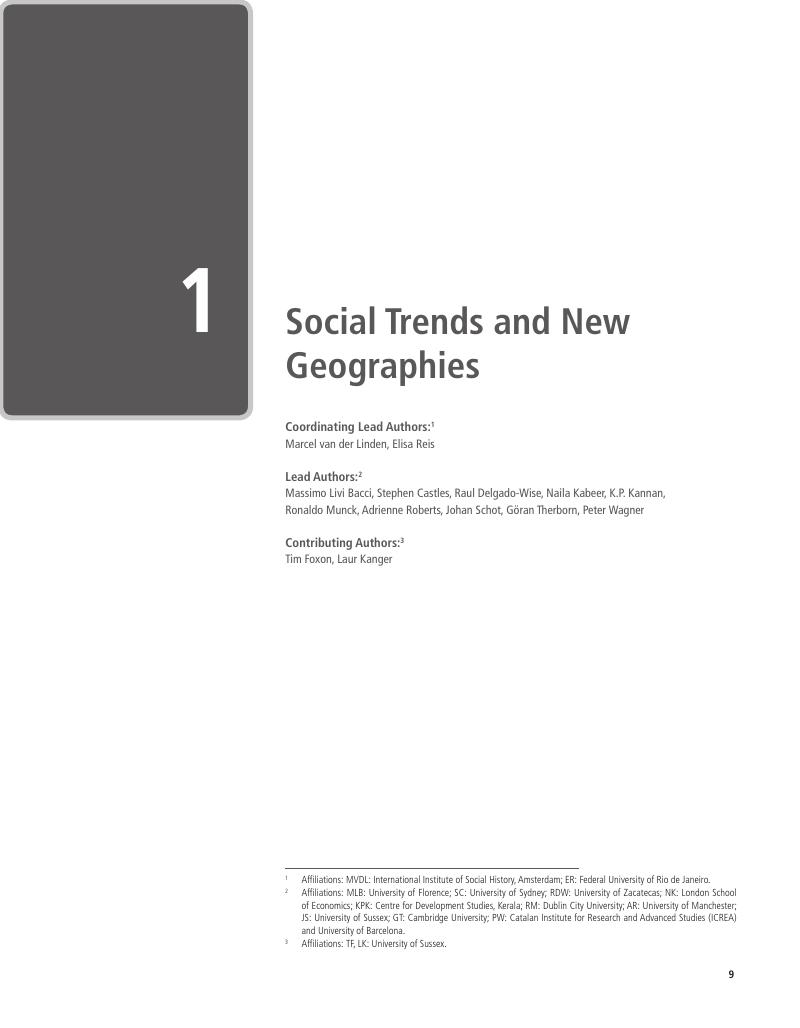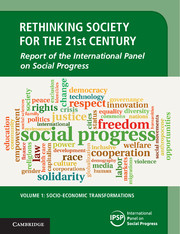1 - Social Trends and New Geographies
from Introductory Chapters
Published online by Cambridge University Press: 05 July 2018
Summary

- Type
- Chapter
- Information
- Rethinking Society for the 21st CenturyReport of the International Panel on Social Progress, pp. 9 - 40Publisher: Cambridge University PressPrint publication year: 2018



